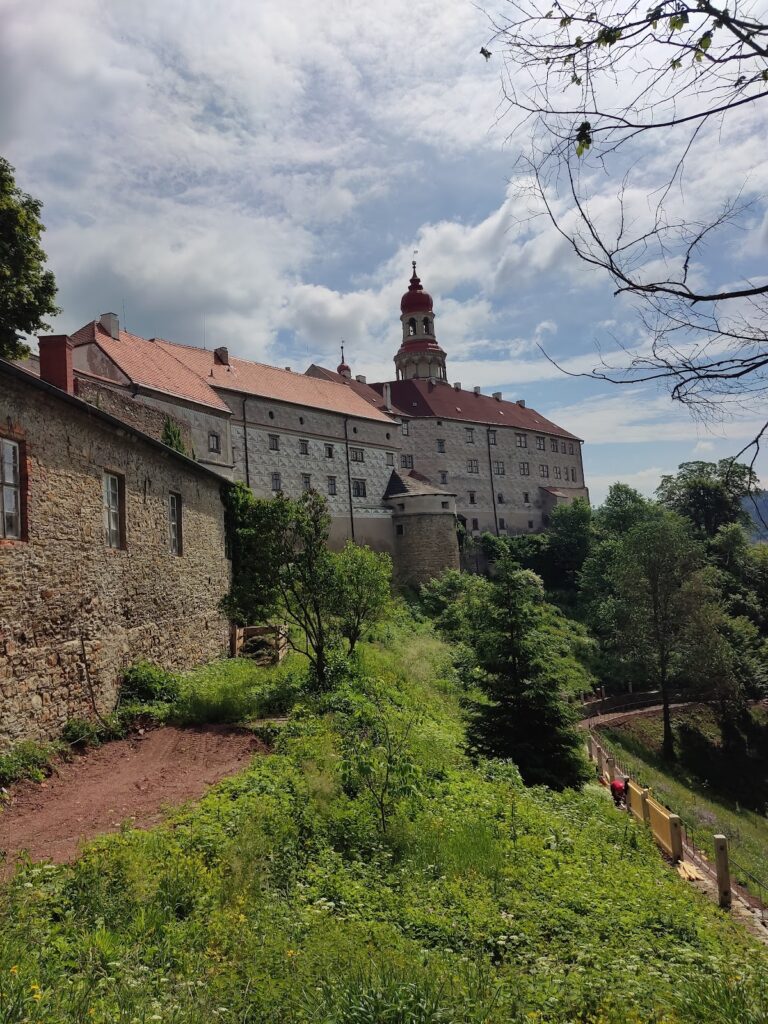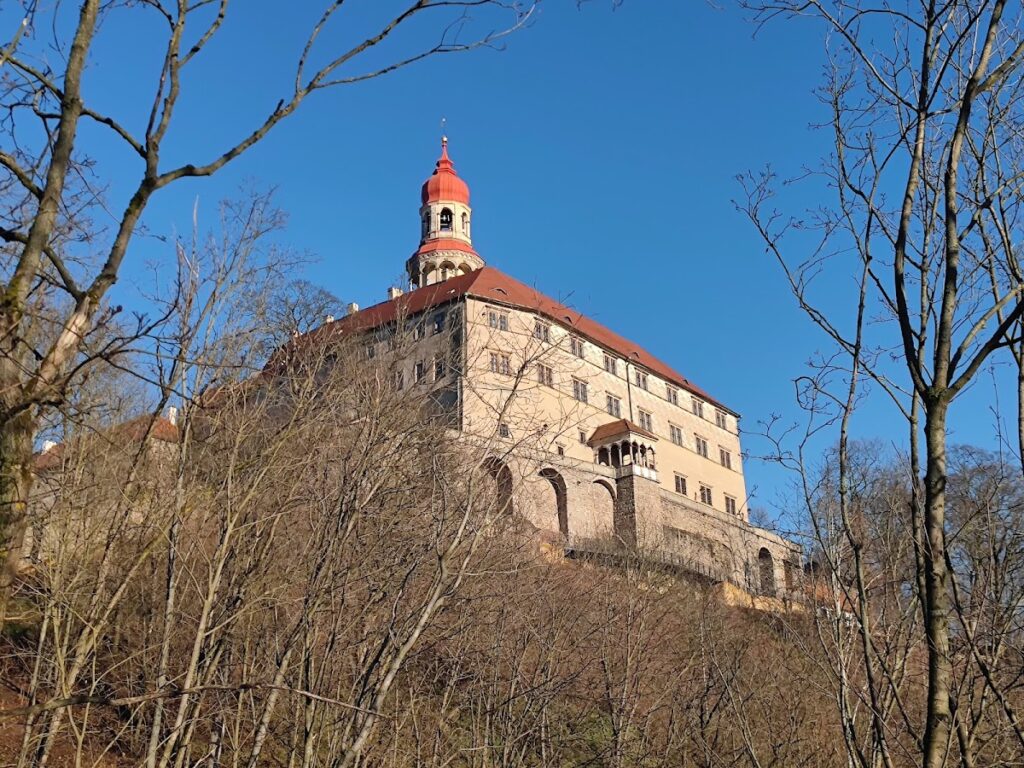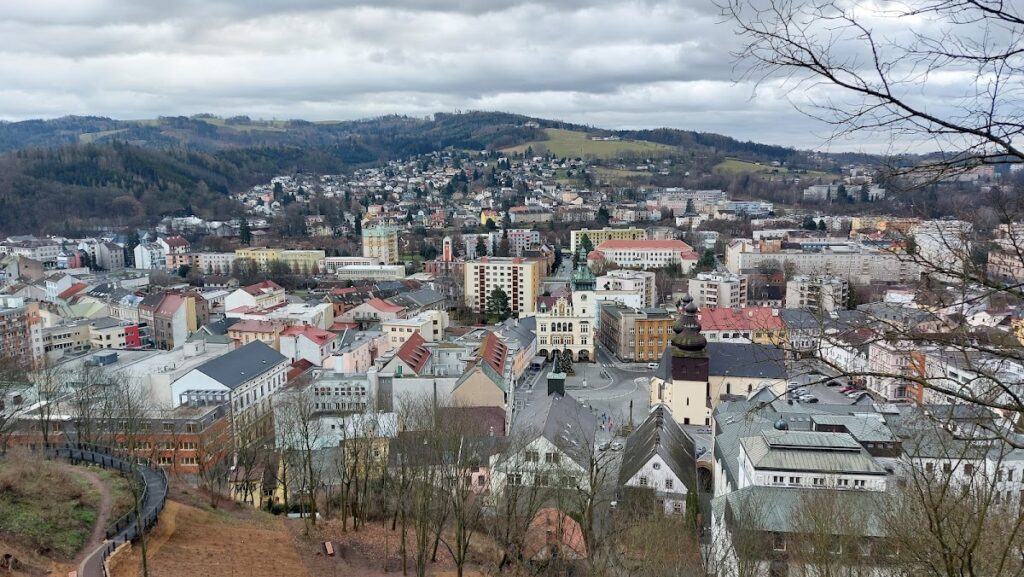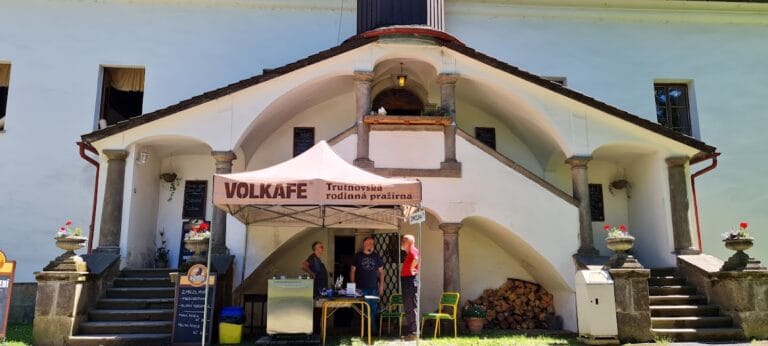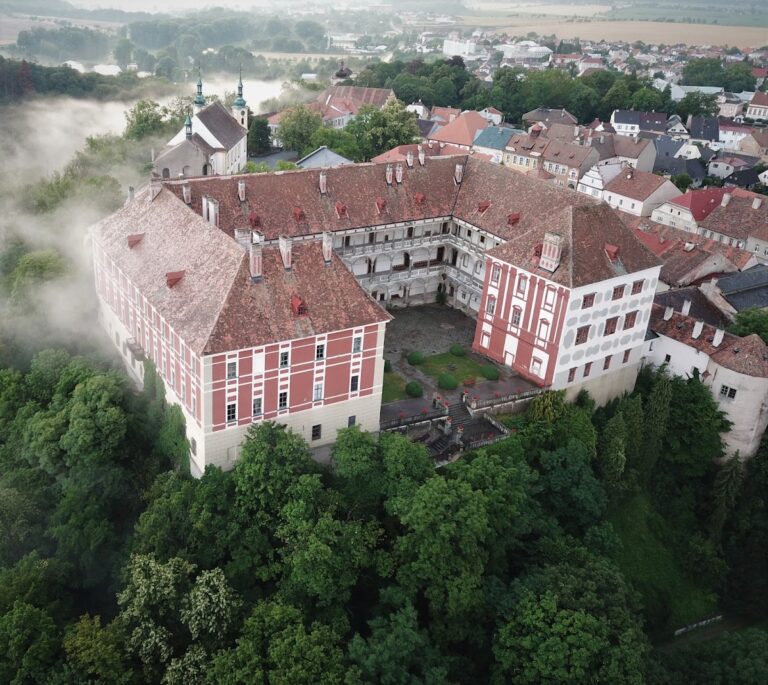Náchod Castle: A Historic Fortress and Residence in the Czech Republic
Visitor Information
Google Rating: 4.5
Popularity: Medium
Google Maps: View on Google Maps
Official Website: www.zamek-nachod.cz
Country: Czechia
Civilization: Unclassified
Remains: Military
History
Náchod Castle, located in the municipality of Náchod in the modern Czech Republic, was originally built by the medieval Czech noble family Načeratic around the year 1250. It occupied a strategic position overseeing a key route connecting Prague to Poland through the Orlické Mountains, serving as a defensive stronghold.
In the centuries that followed, ownership of the castle frequently changed hands. Notably, it was possessed by Czech monarchs including John of Luxembourg and George of Poděbrady. Between 1554 and 1614, the Smiřický family transformed the medieval fortress into a Renaissance-style chateau, reflecting their rising status and social ambitions. This period saw the castle transition from purely military purposes toward more residential and prestigious functions.
The castle’s history is linked to several major conflicts in Czech lands. During the Hussite Wars and later the Thirty Years’ War, it took on greater strategic and political significance. Albrecht Jan Smiřický, a member of the owning family, was involved in the Prague Defenestration, an event marking religious and political turmoil in Bohemia. Following the decisive Battle of White Mountain in 1620, the Smiřický family’s assets were confiscated and Náchod passed to the Trčka family.
In 1634, Emperor Ferdinand II granted the estate to General Ottavio Piccolomini. Under Piccolomini’s direction, the castle underwent substantial Baroque renovations and fortifications between 1650 and 1656. These included the construction of a new wing named after Piccolomini and a chapel designed with the input of the Italian architect Carlo Lurago. Later, in the early 1700s, the castle was used to imprison members of the Unity of the Brethren, a Protestant group persecuted during efforts to restore Catholicism in the region.
Ownership eventually passed to Peter von Biron, Duke of Courland, who is remembered for introducing a castle theater. In the 19th century, the Schaumburg-Lippe family held the property until its confiscation by the Czechoslovak government in 1945. Since 2001, the castle has been recognized as a national cultural monument and remains state-owned.
Remains
Náchod Castle presents a layered architectural complex that reflects its long history of military and residential use. Its original core was a large defensive tower built in the 13th century, notable for its substantial size and thick walls measuring approximately 3.5 meters. This tower was repeatedly struck by lightning, notably in 1570 and again in 1721. After the second strike, the tower lost its top floor but was later restored during the 17th century, when a gallery and two lanterns with domed roofs were added.
During the Renaissance remodeling undertaken between the mid-16th and early 17th centuries, the castle’s appearance was significantly altered. The Smiřický family expanded and refined the structure to serve both defensive and residential purposes, adding elements typical of Renaissance architecture. Later, the Baroque expansion led by Piccolomini introduced new fortifications designed by Giovanni Pieroni and Jan van der Croon, alongside the construction of the Piccolomini wing. This period also saw the addition of a chapel richly adorned by Italian artisans such as stonemason Giovanni Battista Spinetti and sculptor Carlo Serena. Stucco decorations inside the chapel were completed by artists including A. Cyrus and Domenico Rossi.
Inside, the castle retains painted beam ceilings featuring Renaissance and early Baroque artworks as well as sgraffito, a decoration technique involving layers of plaster scratched to reveal underlying colors. Frescoes once whitewashed and covered by stucco were uncovered and restored in the 1970s. Among the artists connected to these decorations was Fabián Hárovník. A prominent portrait gallery preserves likenesses of members of the Piccolomini-Pieri family along with portraits of other noble families such as the Schaumburg-Lippe and the Russian Empress Catherine II.
A distinctive feature is the collection of Brussels tapestries, which were transported from Brussels by the Piccolomini family. These finely woven textiles depict scenes of noble life and contribute to the castle’s rich interior heritage. Additionally, the castle holds a valuable library and a collection of paintings, underscoring its role as a cultural center over the centuries.
Situated above the town marketplace, Náchod Castle’s remains reflect an evolution from a fortified medieval tower to a Renaissance chateau and later a Baroque residence. The blending of defensive and decorative elements illustrates the shifting priorities of its owners and the broader historical context of the region.
